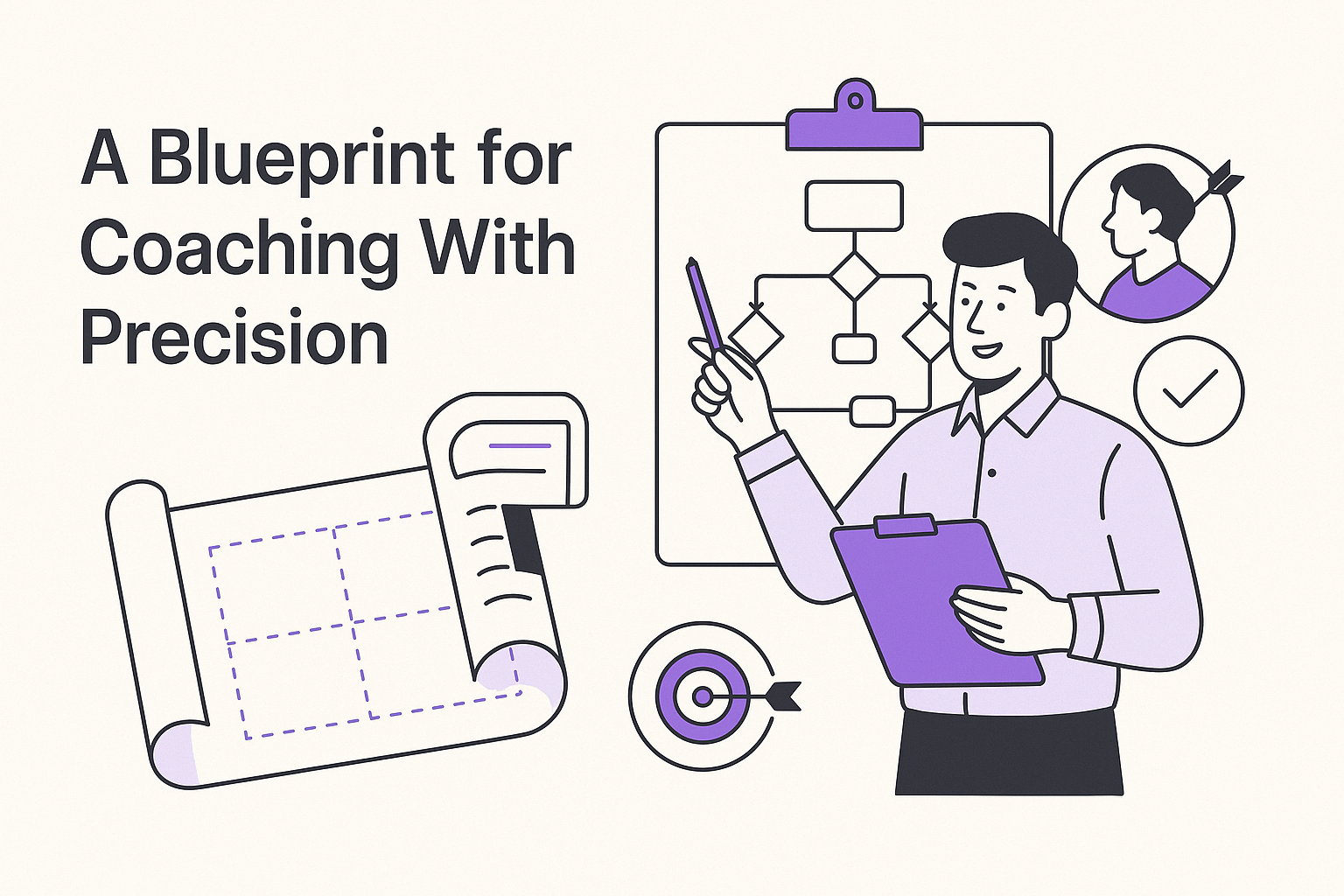How to Use Transcripts to Map the Real Customer Journey
-
Bella Williams
- 10 min read
Customer Journey Mapping begins with understanding the intricate paths customers take while interacting with your brand. Often, these journeys can seem opaque, leaving businesses guessing about customer experiences. By utilizing transcripts of customer interactions, organizations can shine a light on genuine sentiments, preferences, and pain points, transforming vague assumptions into concrete insights.
Transcripts provide a rich resource for analyzing the experiences shared by customers in real-time. They allow for the extraction of themes and patterns that illustrate the actual journey rather than the imagined one. This data-driven approach enables businesses to understand what truly matters to their customers, paving the way for more tailored and effective engagement strategies. In the following sections, we will explore how to effectively use these transcripts to map the real customer journey.
Analyze & Evaluate Calls. At Scale.

Understanding the Importance of Transcripts in Customer Journey Mapping
Transcripts play a crucial role in customer journey mapping by providing clear insights into customer interactions. These written records allow businesses to analyze conversations in detail, making it easier to understand customer pain points and needs. Without transcripts, essential information might be lost in the nuances of verbal communication. By capturing dialogue accurately, transcripts offer a snapshot of the customer experience, revealing trends and emotions that could guide improvements.
Furthermore, utilizing transcripts enables a comprehensive review of feedback, which traditional methods often overlook. Analyzing transcripts helps identify specific phrases, concerns, or recurring issues that customers express. This process lays the groundwork for crafting a more effective customer journey. As a result, businesses can enhance their offerings, ensuring they resonate with their audience. Investing in transcript analysis ultimately fosters a deeper connection and loyalty among customers.
The Role of Transcripts in Capturing Customer Interactions
Transcripts play a crucial role in capturing customer interactions accurately. They provide a detailed account of conversations, enabling businesses to analyze communication patterns and sentiment effectively. When companies engage with their customers, the nuances of every discussion can either highlight strengths or expose weaknesses in service delivery and product offerings.
Using transcripts for customer journey mapping allows organizations to identify trends and pain points from real conversations. This firsthand data helps teams understand customer needs deeply and make informed decisions. By examining these interactions, companies can visualize the entire customer experience, transforming insights into actionable strategies. Relying solely on assumptions may lead to missed opportunities, but with transcript data, businesses can foster a customer-centric approach that ensures lasting relationships.
Benefits of Using Transcripts Over Traditional Methods
Using transcripts to map the real customer journey offers distinct advantages over traditional methods. Unlike standard approaches that may rely on subjective interpretations, transcripts provide direct, verbatim accounts of customer interactions. This accuracy helps organizations gain authentic insights into customer behaviors, pain points, and motivations. By relying on actual dialogue, you can eliminate biases that may arise from memory or second-hand reporting.
Furthermore, transcripts can be efficiently analyzed at scale, allowing you to extract meaningful patterns and trends quickly. While traditional methods might require extensive manual effort to gather insights, transcripts enable the use of powerful analytics tools to process large volumes of data efficiently. This level of insight leads to enhanced decision-making and targeted strategies, ultimately benefiting the overall customer journey mapping process. Adopting transcripts empowers businesses to understand their customers better, ensuring more personalized experiences and solutions.
Extract insights from interviews, calls, surveys and reviews for insights in minutes
Steps to Leverage Transcripts for Effective Customer Journey Mapping
Mapping the customer journey effectively begins with gathering accurate transcripts of customer interactions. Start by collecting all relevant audio recordings or conversations. Once you have these recordings, transcribing them into text is essential. This step allows for easier analysis of customer sentiments, needs, and pain points. By organizing transcripts into a centralized library, you can ensure that valuable insights are not lost in the noise of unstructured data.
Next, analyze the transcripts for key insights. Focus on identifying recurring themes, challenges, and customer feedback that play a pivotal role in shaping their journey. Highlight specific experiences that customers share, as these narratives are instrumental in understanding their perspectives. Finally, visualize this data to create a comprehensive map of the customer journey. By combining insights from transcripts with visual tools, you can create an accurate representation of the customer experience, ensuring enhanced engagement and satisfaction.
Step 1: Collecting and Organizing Transcripts
Collecting and organizing transcripts is the crucial first step in effective customer journey mapping. Start by transcribing customer interactions, whether from sales calls, interviews, or feedback sessions. This process helps create a comprehensive library of customer voices, allowing for deeper analysis later. Bulk transcription tools can expedite this task, enabling users to handle multiple recordings simultaneously, making it easier to manage large volumes of data.
Once transcriptions are ready, the next step is to categorize and organize them. Group transcripts by themes, customer segments, or specific inquiries. This organization not only streamlines the data analysis phase but also provides a clear framework for identifying customer pain points and needs. With well-organized transcripts, businesses can begin to glean insights that inform their understanding of the customer journey. Proper transcript management sets the foundation for a detailed, actionable mapping process that ultimately enhances customer experiences.
Step 2: Analyzing Transcript Data for Key Insights
Analyzing transcript data is a critical step to uncovering key insights from customer interactions. By diving into these rich narratives, you can identify recurring themes, emotions, and pain points that shape the customer experience. Begin by organizing your transcripts, ensuring they are easily accessible for analysis. This step allows for a comprehensive review of various interactions, providing a holistic view of your customers' thoughts and behaviors throughout their journey.
Once you have a structured library of transcripts, focus on extracting key insights. Utilize templates to pinpoint specific areas, such as customer satisfaction or product-related feedback. Highlight direct quotes to validate your findings and draw meaningful conclusions. By synthesizing these insights, you can refine your customer journey mapping, enabling you to make informed decisions that enhance the overall experience and meet your customers' needs effectively.
Step 3: Visualizing the Customer Journey with Accurate Mapping
To effectively visualize the customer journey, accurate mapping is essential. Customer Journey Mapping enables businesses to trace the steps a customer takes from initial awareness to purchase and beyond. By transforming transcripts of customer interactions into visual representations, companies can identify key touchpoints along the journey. This process highlights customer needs, pain points, and moments of delight, allowing teams to gain a clearer understanding of user experiences.
Start by organizing the transcript data to create a timeline of customer interactions. From there, pinpoint critical moments—such as when potential customers begin their research or voice concerns. Mapping these experiences helps to identify friction points and makes it easier to visualize the overall journey. Ultimately, using this visual approach not only fosters empathy for your customers but also leads to actionable insights, driving improved strategies for engagement and service.
Top Tools for Customer Journey Mapping with Transcripts
When mapping the real customer journey, utilizing tools designed for effective transcript analysis can significantly enhance your understanding. There are several powerful tools available that facilitate the process of customer journey mapping through transcripts. Each tool offers unique features that simplify the transcription and analysis workflow, making it easier to extract actionable insights.
First, consider tools like Otter.ai and Sonix, which excel in converting audio recordings into text efficiently. These platforms provide user-friendly interfaces where you can upload files and receive quick transcriptions. Once transcription is complete, platforms such as Rev.com and Temi allow you to analyze the data further by categorizing insights and identifying customer pain points. These tools not only facilitate the initial transcription but also support ongoing data organization and extraction of key insights crucial for mapping the customer journey effectively. With these tools, you can ensure your mapping process is grounded in real customer experiences, enhancing the overall impact of your insights.
insight7
Transcripts play a crucial role in authentic customer journey mapping. They act as a detailed record of customer interactions, capturing insights that may otherwise be overlooked. By examining these dialogues, businesses can pinpoint specific pain points and moments of delight within the customer experience. This understanding allows for the development of targeted strategies that improve engagement and satisfaction.
To effectively utilize transcripts for mapping the customer journey, start by systematically collecting and organizing your transcript data. This clarity will facilitate thorough analysis, where patterns and trends emerge. Finally, visualizing the customer journey through accurate mapping synthesizes these insights, enabling a strategic approach that addresses customer needs more effectively. By prioritizing this method, organizations can transform raw interactions into actionable insights that enhance their overall customer experience.
Otter.ai
When it comes to effectively mapping the customer journey, understanding conversations is essential. This is where advanced transcription tools shine, providing a detailed account of customer interactions. Utilizing such tools can transform raw conversation data into actionable insights that help businesses better connect with their users. A streamlined approach allows companies to review dialogues, pinpoint issues, and identify trends that traditional methods often overlook.
To capture the depth of customer sentiment, employing user-friendly transcription services is crucial. These platforms not only accurately transcribe conversations but also organize them systematically for analysis. By reflecting on these transcripts, teams can visualize the customer journey more clearly. This enables businesses to craft tailored strategies that resonate with their audience, ultimately enhancing the overall customer experience. Embracing innovative technologies in customer journey mapping can significantly elevate engagement and satisfaction levels.
Sonix
Sonix stands out as a powerful tool for enhancing the customer journey mapping process. By utilizing transcripts from customer interactions, businesses can gain in-depth insights into customer needs and sentiments. Understanding these conversations provides a clearer picture of the customer journey, enabling organizations to identify pain points and opportunities for improvement.
In today’s fast-paced market, traditional methods of gathering customer feedback often fall short. The strength of Sonix lies in its ability to analyze large volumes of data quickly and accurately. This efficiency transforms raw data into actionable insights, making it easier for teams to strategize and implement changes based on real customer interactions. As businesses shift towards a more data-driven approach, utilizing platforms like Sonix becomes essential for staying competitive and responsive to customer needs. This technology ultimately supports a more refined mapping of the customer journey, enabling organizations to foster better customer relationships and drive business growth.
Rev.com
When it comes to effective customer journey mapping, utilizing accurate transcripts can significantly enhance your analysis. Transcripts document customer interactions in detail, providing invaluable insights into pain points, preferences, and overall experiences. This rich data can be transformed into actionable strategies to improve service offerings and marketing efforts.
One essential tool in this process involves a platform designed for easy transcription. First, you can upload your audio files, allowing the service to generate clear, written transcripts. These documents serve as a foundation for identifying critical trends in customer feedback. Additionally, they enable you to track the frequency of customer inquiries and objections, leading to a deeper understanding of the real customer journey. By employing such a resource, you ensure that each customer interaction is accounted for, granting you the opportunity to refine your approach and better serve your clients moving forward.
Temi
Temi offers a streamlined solution for converting audio to text, making it a valuable asset for customer journey mapping. When you utilize Temi to transcribe customer calls or interactions, you create a detailed record that highlights key moments and insights. This transcription process aids in capturing the nuances of customer conversations, which are often missed through traditional note-taking methods.
Incorporating Temi enhances your ability to analyze raw data from customer interactions effectively. By breaking down transcripts, you can identify trends, pain points, and satisfaction levels that shape the customer journey. Using this data, you can create a comprehensive mapping of customer experiences, ultimately guiding efforts to improve service and engagement strategies. As you outline the customer journey, transcripts from Temi will enrich your understanding and allow for more informed decision-making tailored to customer needs.
Conclusion: Enhancing Customer Journeys with Transcript-Based Mapping
Customer Journey Mapping through transcript-based methods enhances our understanding of client experiences. By analyzing these transcripts, businesses can uncover valuable insights into customer pain points and preferences. This information allows for a tailored approach to service, ensuring that the journey feels personalized and effective.
Enhancing customer journeys with transcripts means leveraging actual conversations to guide improvements. As organizations adapt to evolving customer needs, the ability to analyze dialogues facilitates a more profound connection. Ultimately, this method not only enriches customer interactions but also fosters lasting loyalty, creating a sustainable pathway for business success.







